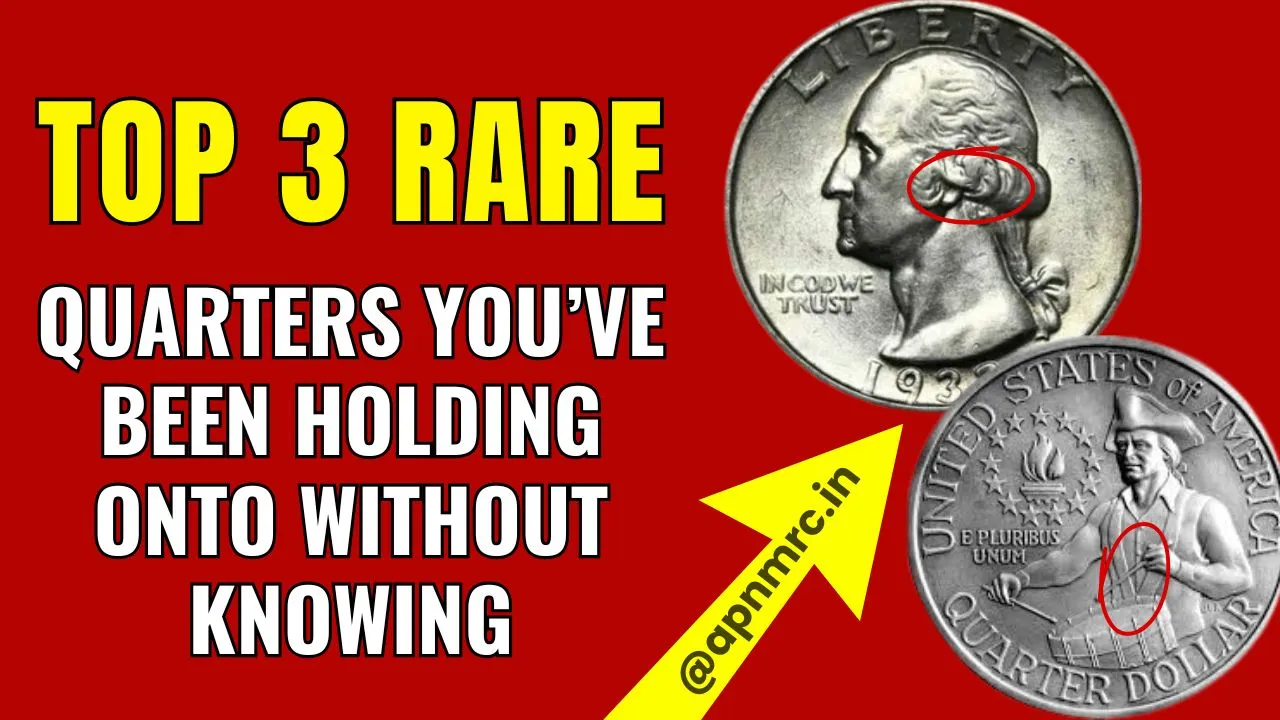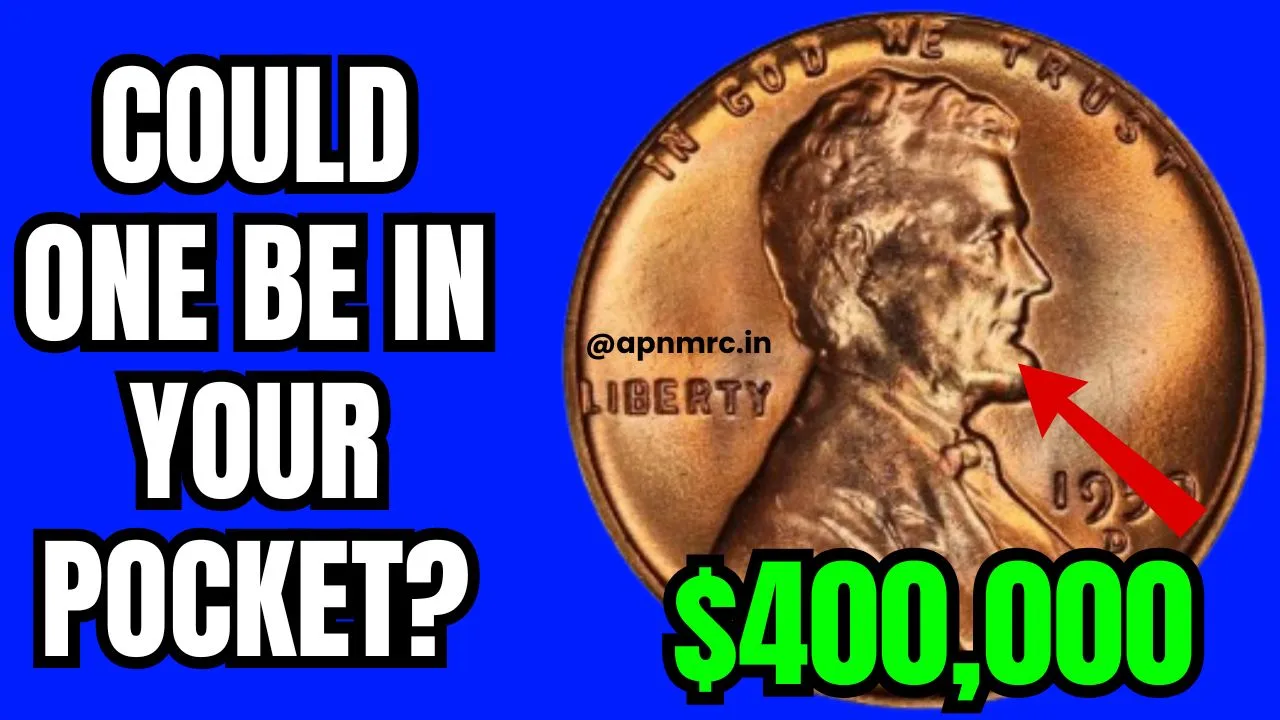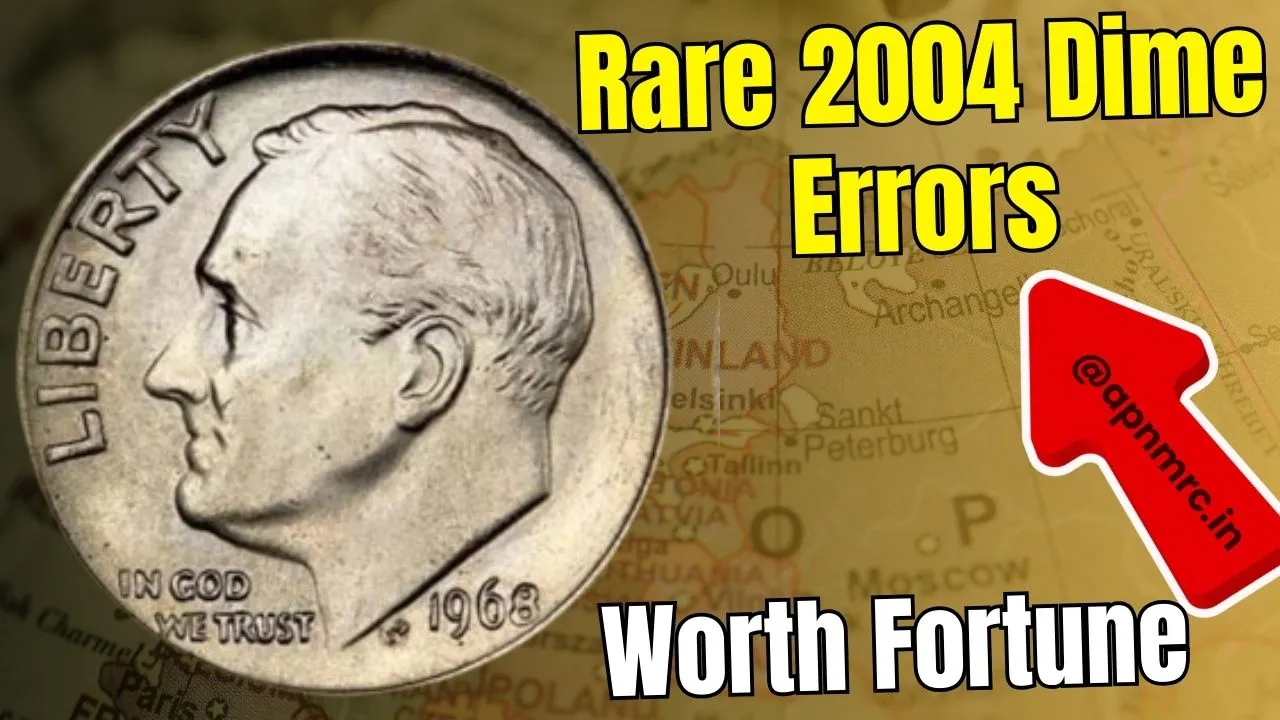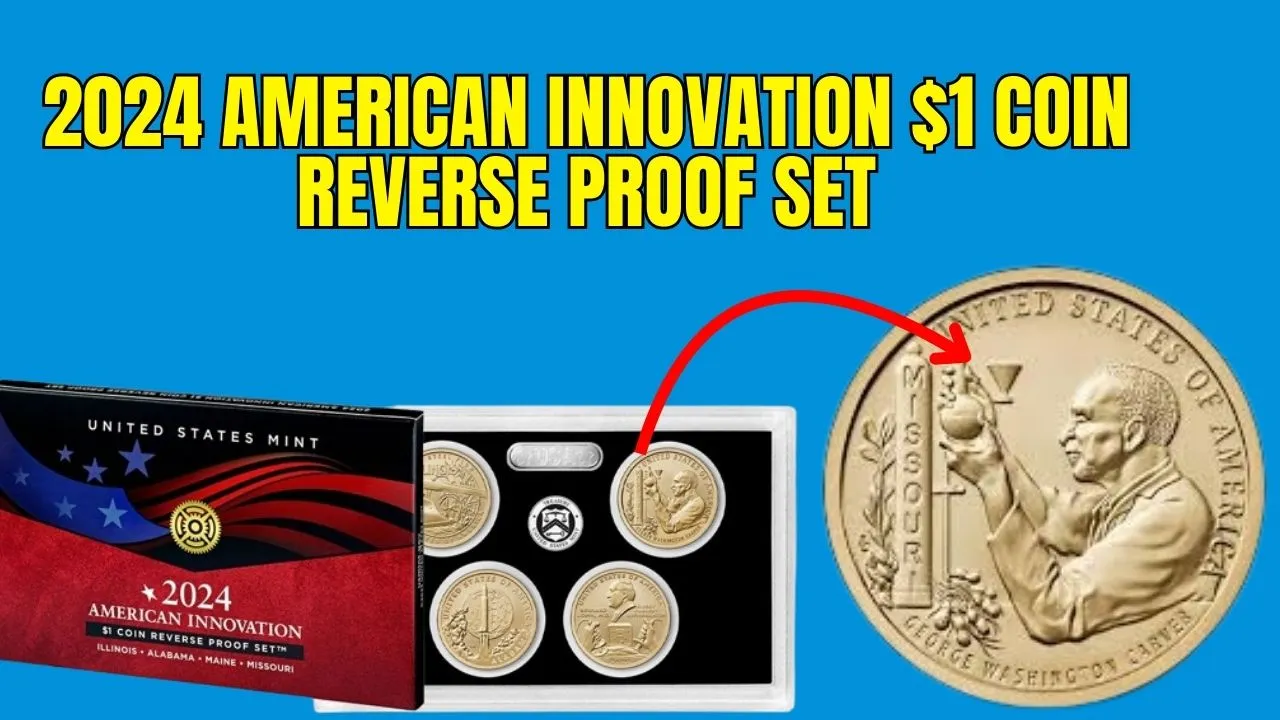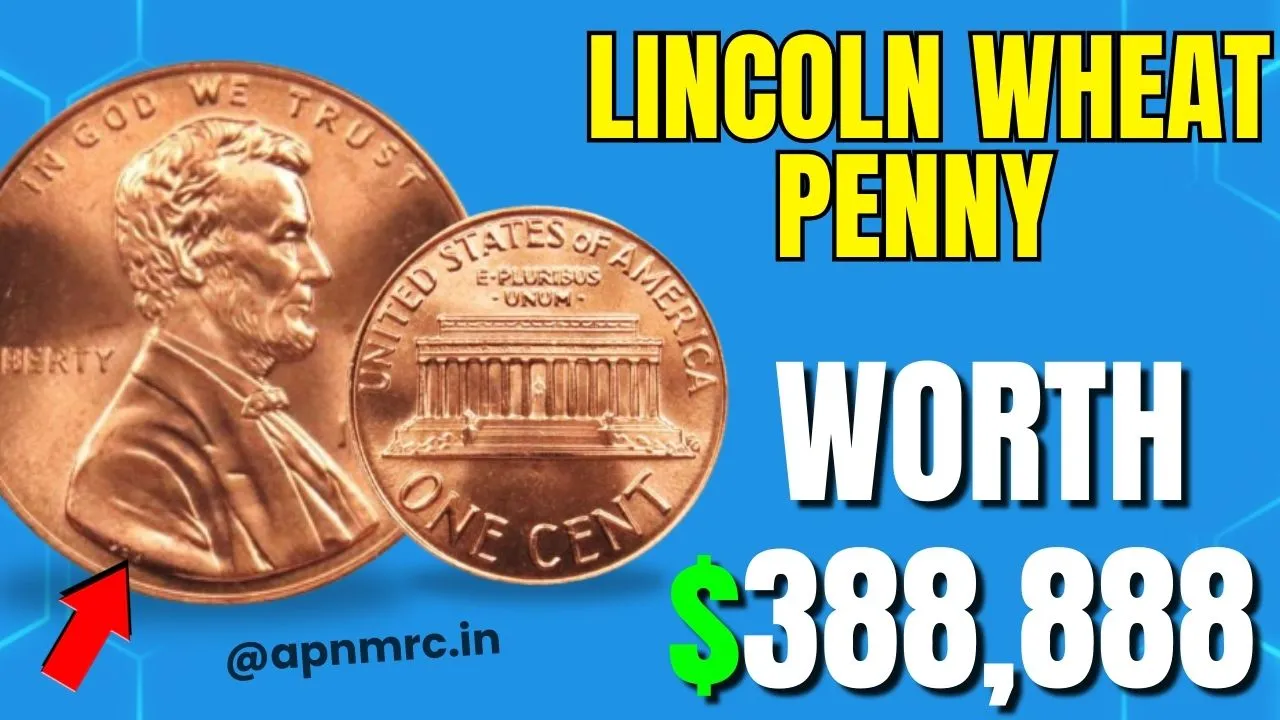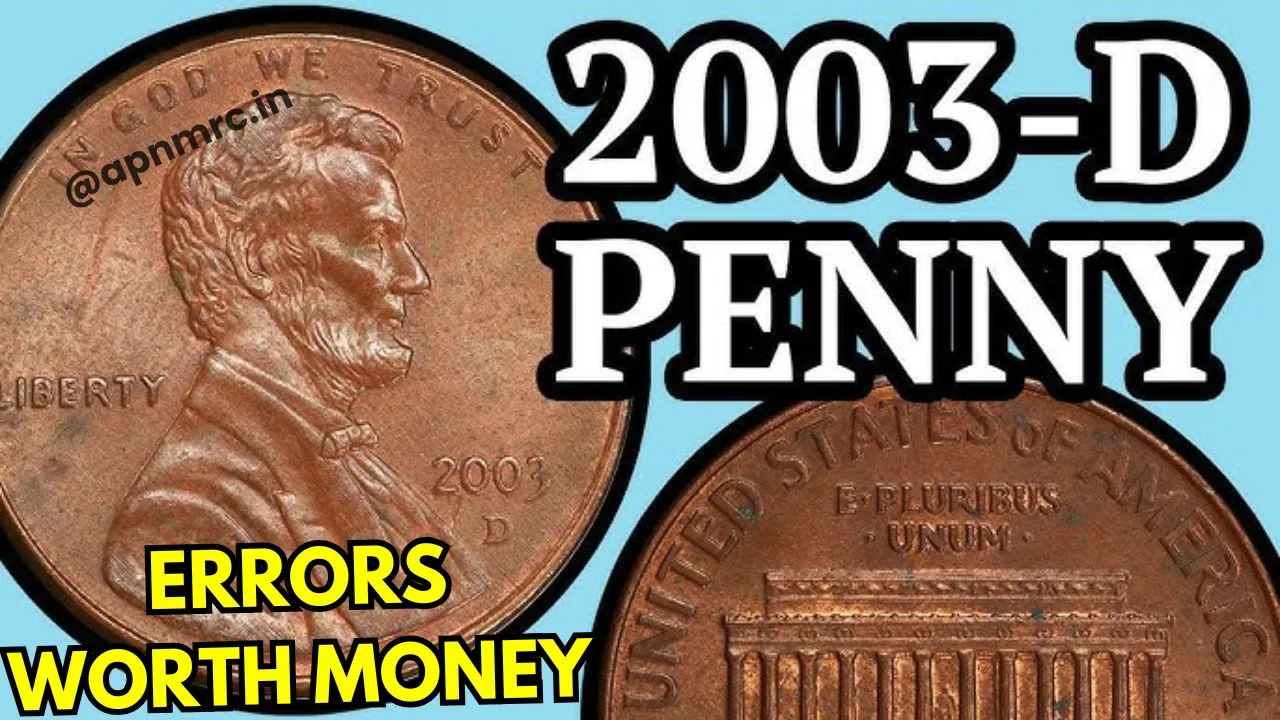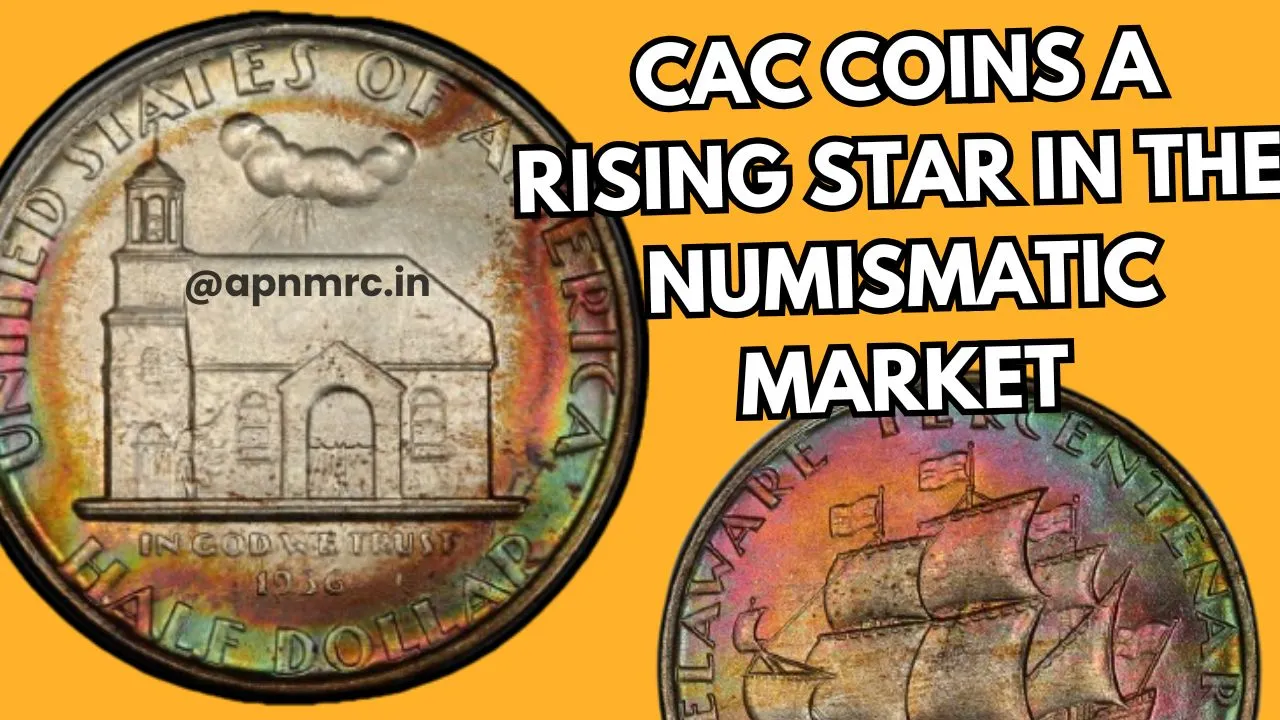Top 3 Rare Quarters: Have you ever wondered if the spare change in your pocket could be hiding a small fortune? Most of us think of quarters as nothing more than their face value, but certain rare quarters have become highly sought after by collectors. These coins, often overlooked, hold historical value, fascinating minting stories, and, most importantly, surprising monetary worth.
This article explores three remarkable rare quarters that could already be in your possession without you even realizing it. From commemorative pieces to intriguing minting errors, let’s dive into these hidden treasures and uncover their secrets.
Rare Quarters at a Glance
| Quarter | Special Feature | Value Range |
| 1932-D Washington Quarter | Low mintage, historic significance | $100–$5,000+ |
| 1970-S Proof Quarter | Doubled die obverse error | $1,500–$3,000 |
| 1999 Delaware Quarter | Unique “Spitting Horse” error | $20–$100+ |
1. The 1932-D Washington Quarter: A Historic Treasure
Why It’s Special
The 1932-D Washington Quarter was minted to commemorate George Washington’s 200th birthday and marked the beginning of the long-running Washington quarter series. Produced at the Denver Mint, this coin stands out for its exceptionally low mintage—only 436,800 coins were struck.
Why It’s Valuable
Coins with low mintages are always in high demand among collectors, and the 1932-D Washington Quarter is no exception. Its scarcity, combined with its historical significance, has made it one of the most coveted pieces in American coinage.
Value Range
- Circulated Condition: $100–$500
- Uncirculated Condition: Up to $5,000 or more
How to Identify It
Examine the reverse side of the coin near the base of the eagle. If you find a small “D” mintmark, you’re holding one of the most desirable rare quarters in existence.
2. The 1970-S Proof Quarter: A Coin with a Twist
What Sets It Apart
The 1970-S Proof Quarter is a special edition coin crafted with extra precision for collectors. What makes this proof coin truly remarkable, however, is the minting error known as the doubled die obverse. This error creates a fascinating doubling effect on specific design elements like “LIBERTY” and “IN GOD WE TRUST.”
Why Collectors Prize It
Proof coins are rare by design, and the addition of a minting error elevates their rarity to another level. The doubled inscriptions make the coin stand out, attracting seasoned collectors and casual enthusiasts alike.
Value Range
- Proof Condition: $1,500–$3,000 (depending on the clarity of the doubling)
How to Spot It
Using a magnifying glass, carefully inspect the obverse side of the coin. Look for distinct doubling on the letters, especially in the inscriptions. If you spot this unique feature, you’ve discovered a true collector’s gem.
3. The 1999 Delaware Quarter: The Quirky “Spitting Horse”
The Curious Error
The 1999 Delaware Quarter, part of the 50 State Quarters program, gained fame for its unusual minting flaw known as the “Spitting Horse.” This error occurred due to a die crack on the reverse side of the coin, creating the illusion of a line extending from the horse’s mouth.
Why It’s Popular
Error coins like the Spitting Horse are always intriguing because of their one-of-a-kind nature. This playful and visually striking error has made the coin a favorite among collectors, even though it’s more affordable than other rare quarters.
Value Range
- Circulated Condition: $20–$75
- Uncirculated Condition: $100 or more
How to Identify It
Inspect the reverse side of the coin, focusing on the horse’s mouth. If you notice a raised line that looks like the horse is spitting, you’ve found this unique and valuable quarter.
Pro Tips for Spotting Rare Quarters
1. Check the Mintmarks
Mintmarks such as “D” (Denver), “S” (San Francisco), and “P” (Philadelphia) are small letters that indicate the mint where the coin was produced. These tiny marks can make a big difference in value.
2. Look for Errors
Rare quarters often feature errors like doubling or die cracks. These anomalies can transform an ordinary coin into a prized collectible.
3. Preserve Coin Condition
The condition of a coin greatly impacts its value. Avoid cleaning your coins, as this can reduce their worth. Instead, store them in protective cases to maintain their natural state.
Why You Should Check Your Change
The coins we handle every day often go unnoticed, but they could be hiding treasures worth far more than their face value. From the historically significant 1932-D Washington Quarter to the charming error on the 1999 Delaware Quarter, these rare quarters demonstrate that even spare change can hold incredible value.
So, don’t let these opportunities slip away. Check your change, inspect your old coin collections, and see if you’ve been holding onto a hidden fortune without even realizing it.
FAQs
1. How can I determine if my quarter is rare?
Look for mintmarks, unusual features, or minting errors. A magnifying glass can help you spot these details.
2. What makes the 1932-D Washington Quarter so valuable?
Its low mintage of only 436,800 coins makes it one of the rarest Washington quarters, highly sought after by collectors.
3. Are error coins worth collecting?
Absolutely! Error coins like the 1970-S Proof Quarter and 1999 Delaware Quarter are unique and often fetch higher prices than standard coins.
4. How should I store my rare coins?
Store them in protective coin cases or holders to prevent damage. Avoid cleaning them, as this can lower their value.
5. Where can I sell rare quarters?
You can sell them at coin shops, online auction sites, or through specialized coin dealers.
Final Thoughts
Rare quarters are proof that valuable collectibles can be hiding in plain sight. From historical gems to quirky minting errors, these coins offer a fascinating glimpse into American history and the art of coin-making.
Have you found a rare quarter in your collection? Share your discovery in the comments below! And don’t forget to explore more tips on uncovering valuable treasures in your everyday life.
